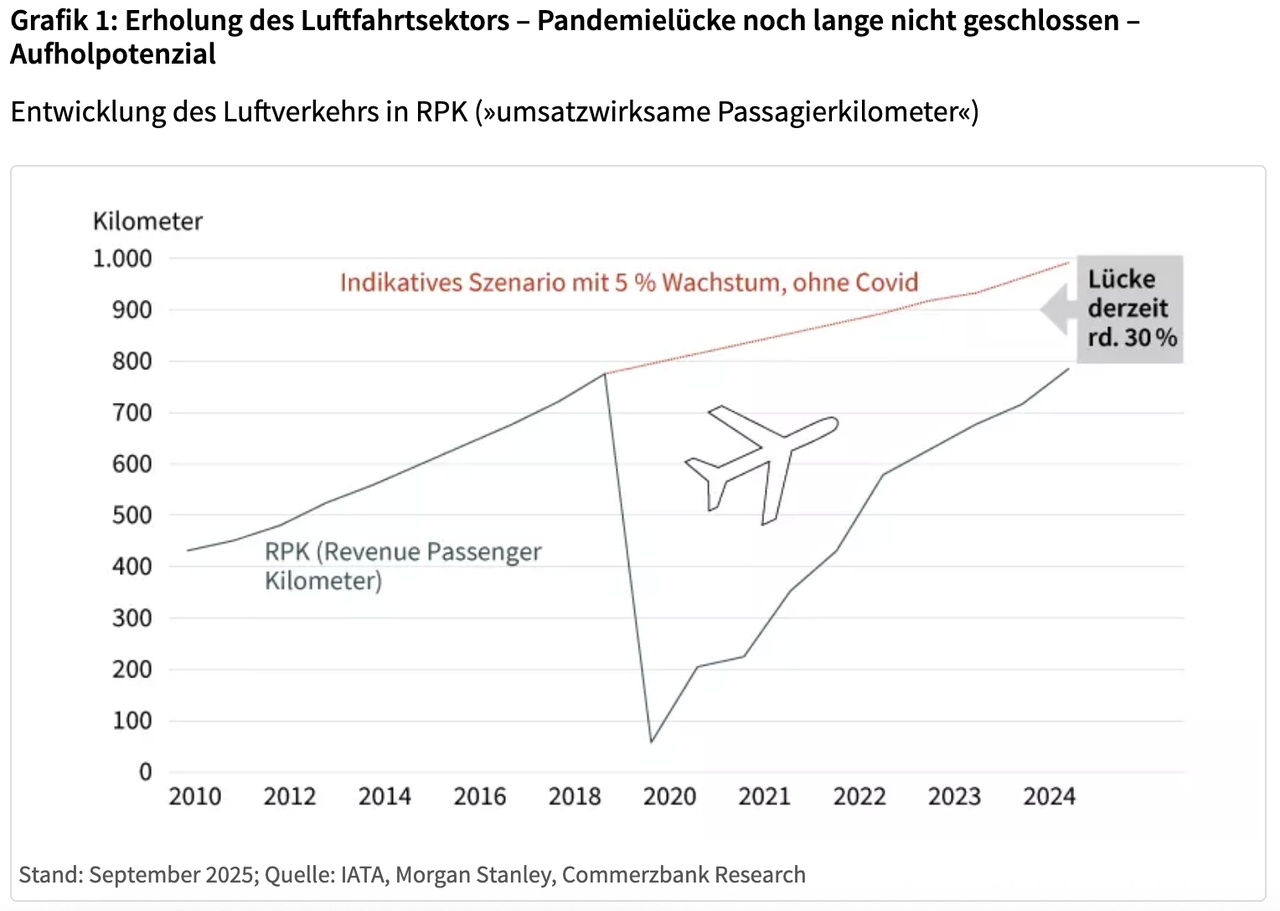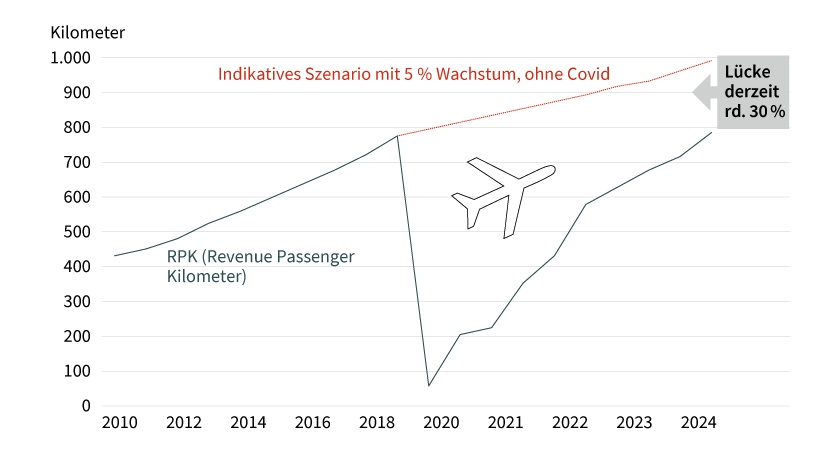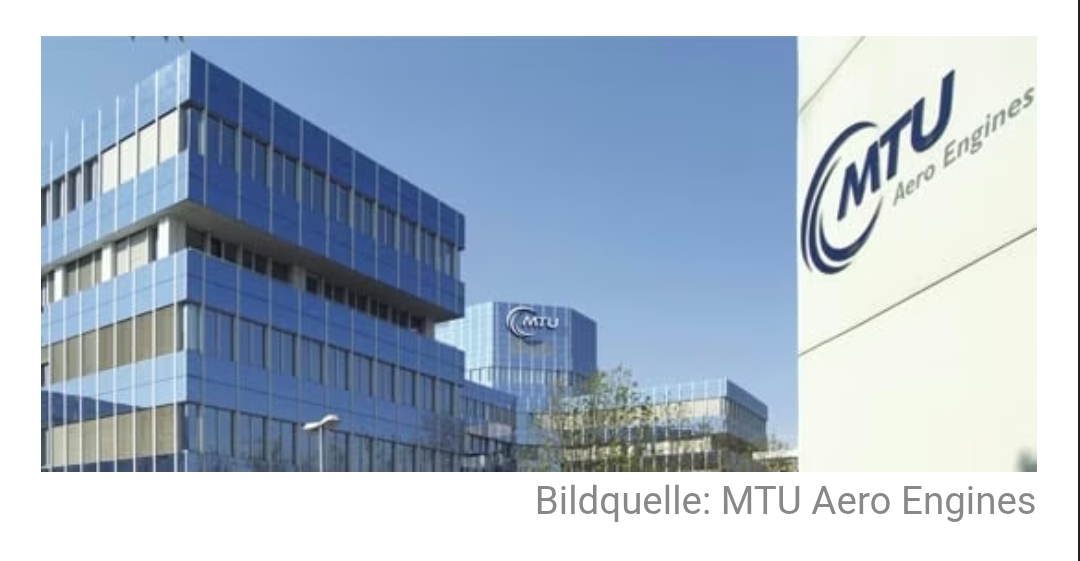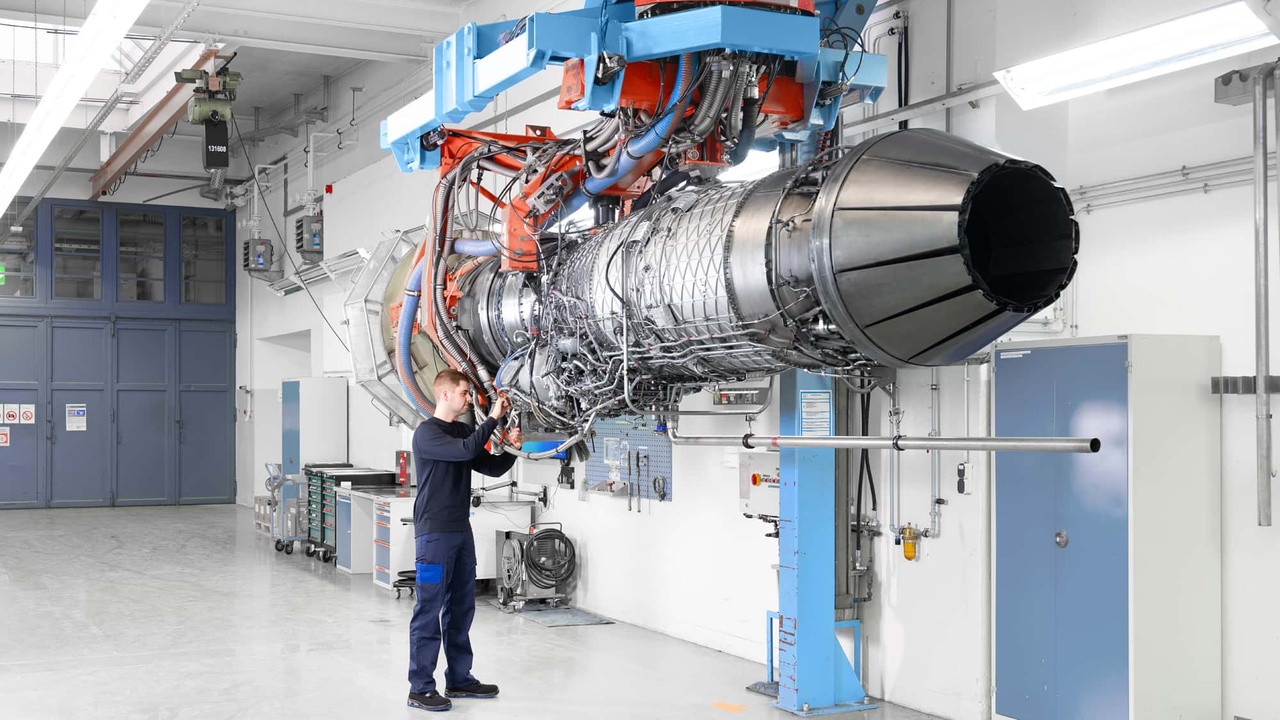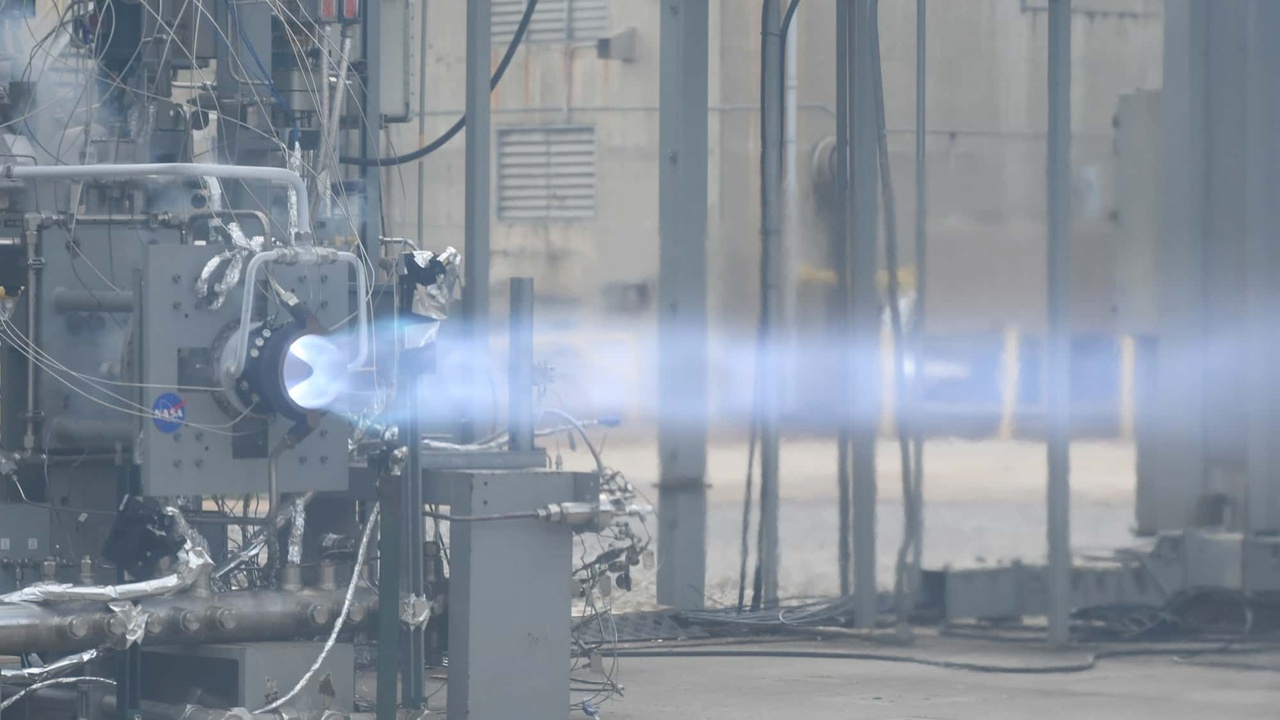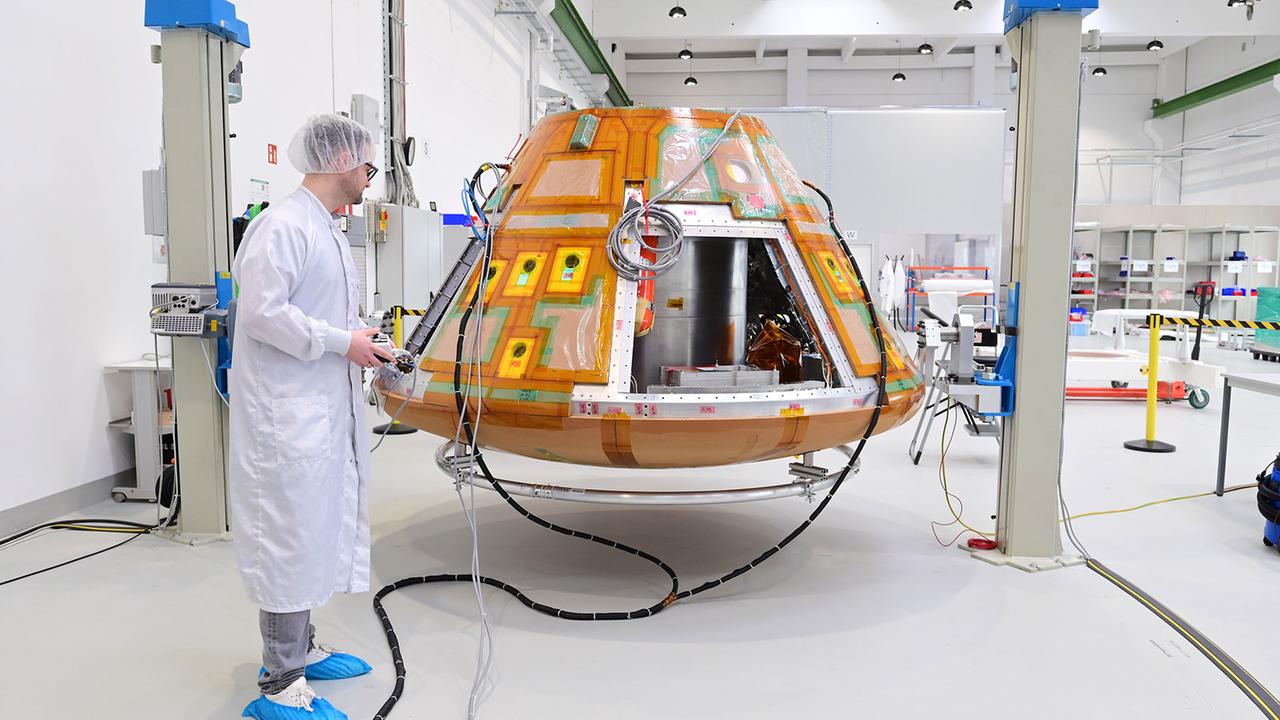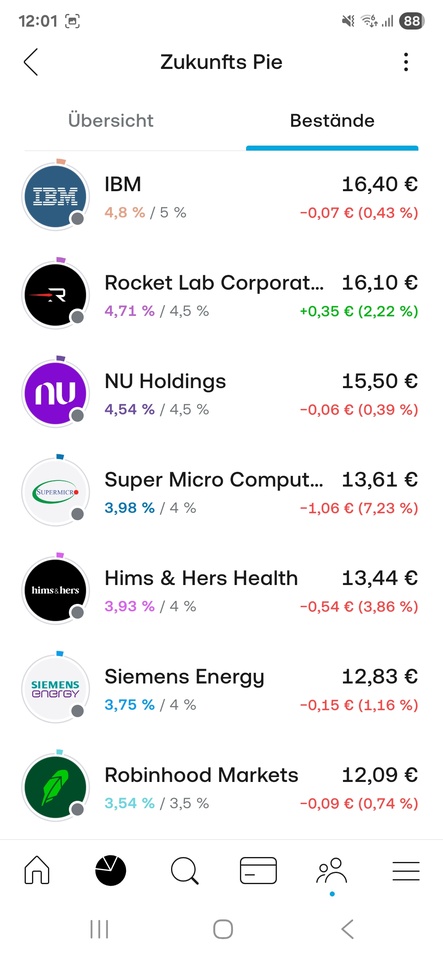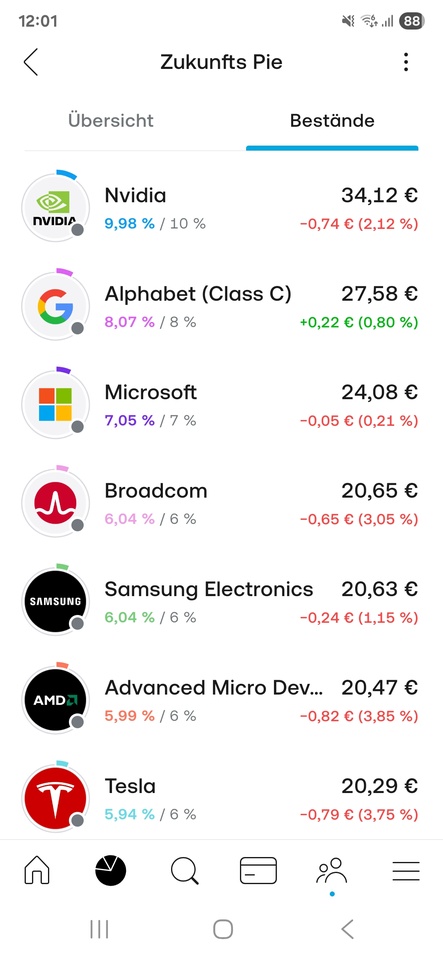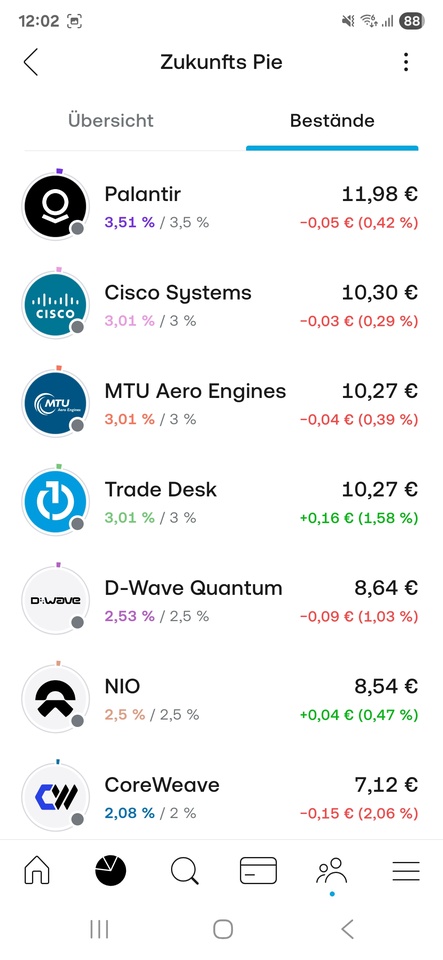Hello my dears,
the love @yngfinn has asked me how I find shares. I would like to share my answer with you.
@yngfinn
Hello my dear,
as I have enough positions in my portfolio at the moment, I am no longer looking so intensively for new companies. I don't trade and am more long-term oriented.
My approach is quite different.
By sector:
I often look at which sectors and areas are currently on the move. Or what the areas of the future are, such as robotics, defense and aerospace, AI, etc.
But I also look at which sectors and countries in my portfolio are undervalued.
Or also in which sectors I see a need to catch up because they have been driven down unjustifiably. Like the healthcare sector, for example 🍊.
I watch reports and documentaries. Like exploring the oceans and seas. And discovering Kraken Robotic $PNG (+0%) and Norbit $NORBT (+1,14%) .
https://getqu.in/Ey45a0/
After Powel's speech on Friday, for example, it would now make sense to look for real estate and homebuilders. Like Buffet did with his stock Dr. Horten $DHI (+0,53%) .
Unfortunately, the ongoing wars show the importance of drones and drone defense.
But also the increasing importance in agriculture (I have already written a post about this).
https://getqu.in/SdXvMm/
In the end, my choice here was $AVAV (-0,13%) AeroVironment. And the contract manufacturer $KIT (-0,43%) Kitron.
In the future-oriented robotics sector, I don't really want to invest in overvalued stocks such as $TSLA (+0,52%) Tesla or the contract manufacturer $JBL (-0,26%) Jabil. I see Japan as very innovative here. As shown by $7012 (+5,89%) Kawasaki shows. This is how I discovered the blade supplier $6481 (+2,67%) THK (there was a post from me about this).
https://getqu.in/fZudqX/
By country:
When Iran attacked Israel, I took advantage of the dip and picked Israeli stocks.
For example, I discovered Gilat $GILT (+0%) for example.
But as a long-term investor, I still see the USA in the lead. I also like to take a look at small and mid caps.
But I also often look at countries that are not quite so much in focus. Scandinavia or Italy.
I have found $LTMC (-0,27%) Lottomatica and $CAMX (+0,18%) Camurus.
I often only look at the companies by momentum from the various indices in these countries.
By company:
I also often look at which companies are currently the stars on the stock market. Like Rheinmetall, for example, but then I don't go into the overvalued shares, but look for suppliers, i.e. blade suppliers. That's how I came across Kitron $KIT (-0,43%) for example. Kitron as a contract manufacturer for the defense sector.
Or when Novo Nordisk was still a star, I discovered the Novo supplier $YPSN (+0,52%) discovered.
Nvidia supplier $HY9H (-0,94%) sk Hynix.
Where is the capex of the companies going?
Based on this question, I came across the AI infrastructure companies $IESC (-0,14%) IES Holding and $VRT (+0,01%) Vertiv.
The weakness of one company makes other companies strong.
The weakness of Boeing makes $AIR (-0,9%) and $ERJ (-0,72%) strong. That's how I came across Embraer and $MTX (-0,88%) MTU.
https://getqu.in/4hiSbt/
Research and reports, such as on coinbase $COIN (-0,17%) (CAUTION never buy based on a story).
https://getqu.in/OIiwhP/
Good company figures with a growth story could also be a reason. As for example with $GILD (-0,06%) Gilead.
https://getqu.in/iF8BDY/
Takeover fantasies:
Takeover rumors usually mean that the share price of the company to be taken over rises.
As was the case with $AWE (-0,1%) Alphawave was the case.
https://getqu.in/1NPNWI/
Or with Iveco $IVG (+0,13%)
https://getqu.in/WJnLFp/
https://getqu.in/VnK4Xk/
CAUTION: Something can always go wrong here and send the share price plummeting.
I experienced this myself with i robot when the UK did not agree to a takeover by Amazon.
No matter in which area. My approach is usually to pick out the momentum stocks. I then look at the multiples, news, order situation and, of course, the company.
Compounders and long-term runners:
In my core, I only invest in quality stocks with a moat.
Here it makes sense not to buy at the ATH, but on the dip.
Multiples:
What is important to me with multiples:
-profitable company, or in the next year
Profitable.
Preferably double-digit profit growth with a falling P/E ratio.
-Percentage profit growth is higher than sales growth.
-good and rising EbiT margin.
-PEG below or around 1
-increasing free cash flow taking into account capex.
My dears,
I hope my brief summary of my approach perhaps offers you a little added value.
Please let me know in the comments.
Suggestions for improvement are also welcome. 😘😘





